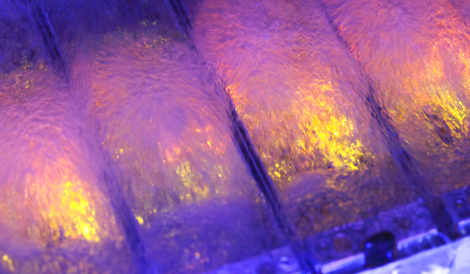Technology incubator 3M has showcased a new two-phase immersion cooling technology for super computers it claims will slash water consumption and energy bills and boost output.
In its data center of the future, unveiled in St Paul, Minnesota, a fully functional supercomputer, developed with input from Intel and SGI, will use the two-phase immersion cooling technology pioneered by 3M.
Under the system SGI’s ICE X, the fifth generation of its distributed memory supercomputer, and Intel’s Xeon processor, based E5-2600 hardware, are placed directly into a dielectric fluid Novec, created by 3M.
3M claims its two-phase immersion cooling technology can cut energy costs by 95% and save 100% of the water used in evaporative cooling.
By dispensing with bulky air conditioning systems, the data center needs 10 times less space for the same processing power, with the vendors claiming an output of 100kW of computing power per square meter.
The productivity gains are the result of SGI’s high performance supercomputer, Intel’s energy efficient processors and 3M immersion cooling said Joe Koch, business director for 3M’s Electronics Markets Materials Division.
“These advances are a significant step to optimizing computer hardware design,” Koch said.
He said the data center of the future will scale seamlessly from tens of teraflops to tens of petaflops and across technology generations, without any workflow interruptions.
Building the system out of industry standard hardware and software components means it will be scalable and future proof, said Jorge Titinger, president and CEO of SGI.
“Reducing energy in data centers is an imperative as we move to a more data intensive world,” Titinger said.
“Data centers must increase the performance they deliver,” Charles Wuishpard, vice president of the data center group and general manager of Workstation and High Performance Computing at Intel said.
The companies are working with the Naval Research Laboratory, Lawrence Berkeley National Labs and APC by Schneider Electric to deploy and evaluate an identical system for demonstration purposes.
You can read more about liquid cooling innovations in our special FOCUS on Cooling in the next edition of FOCUS magazine, out in May. To read digital editions of FOCUS and sign up for your copy, click here.

